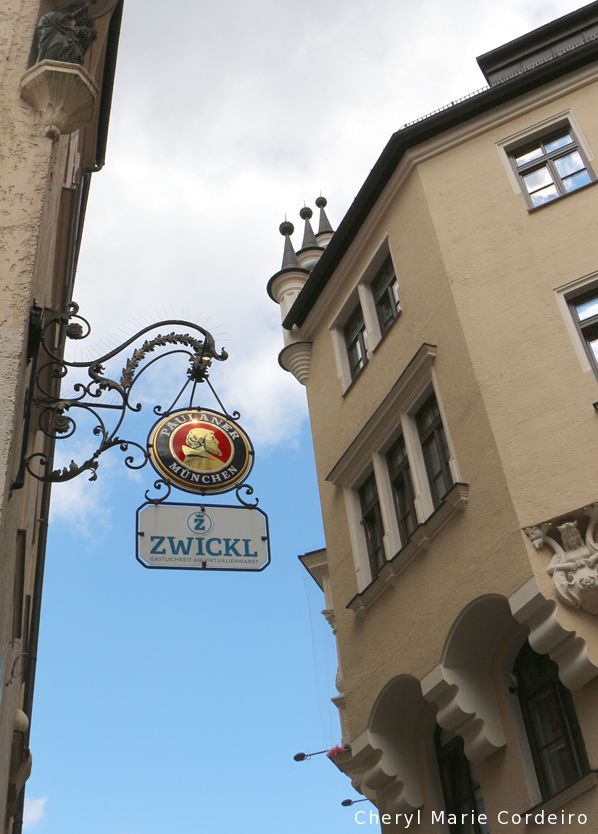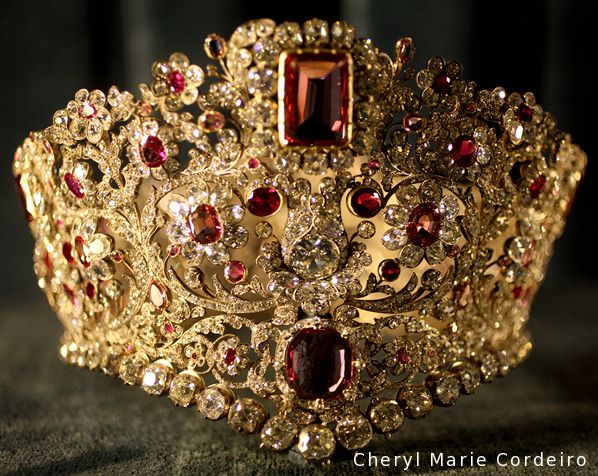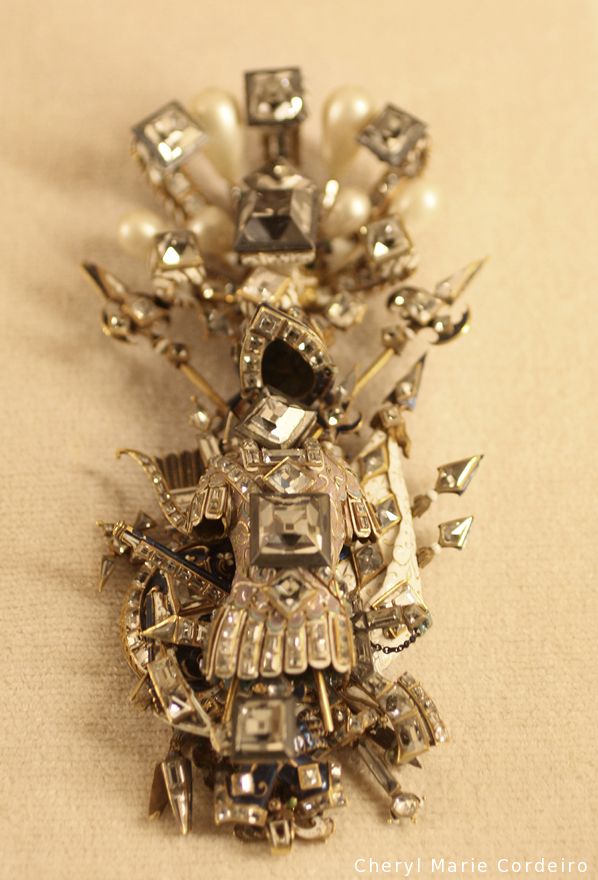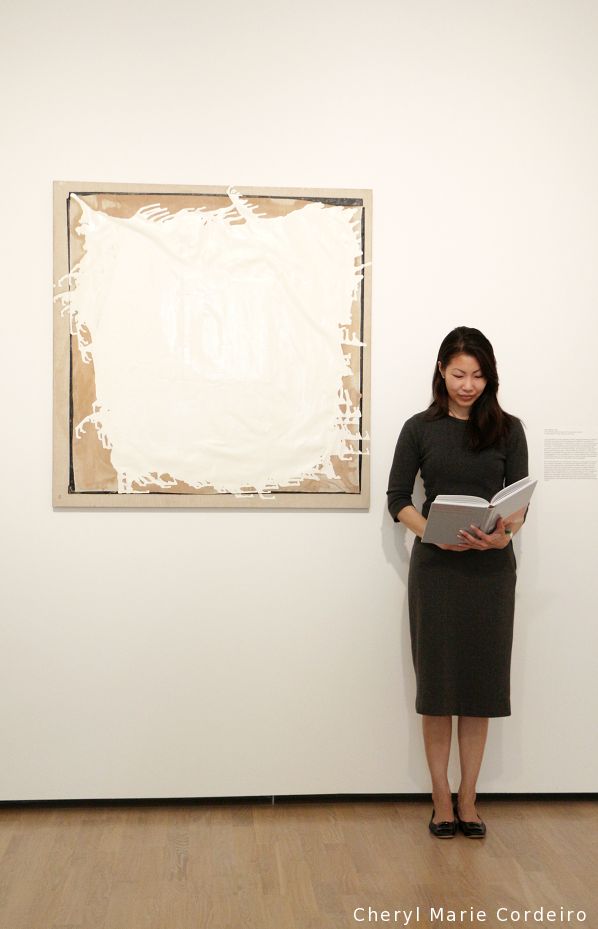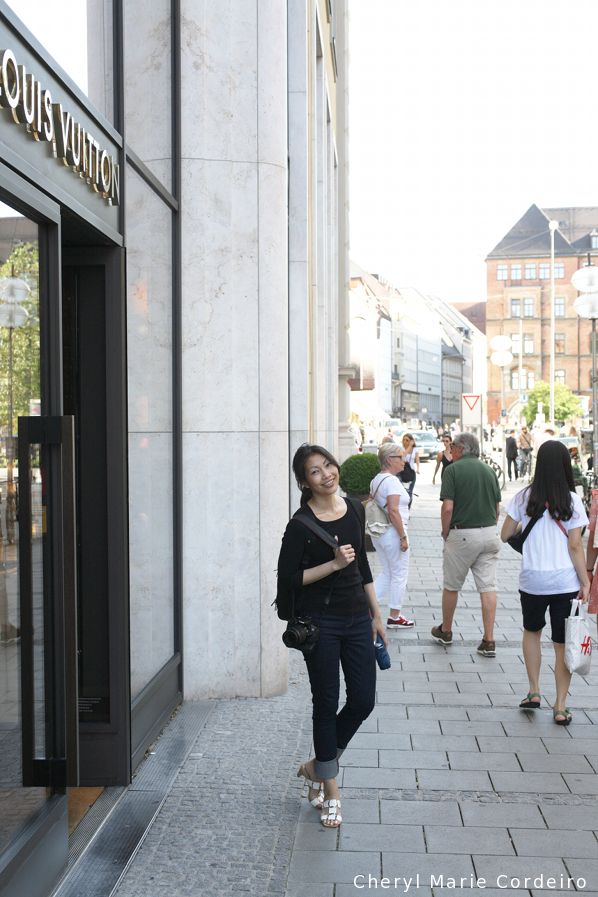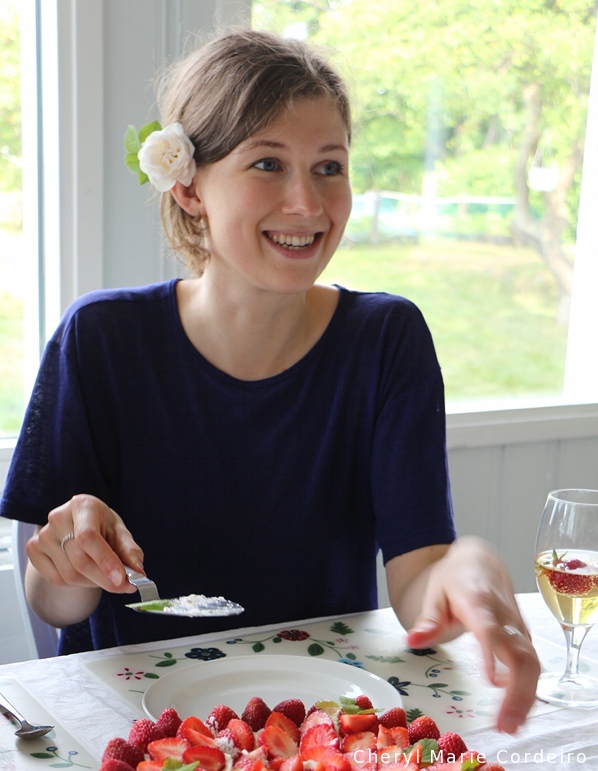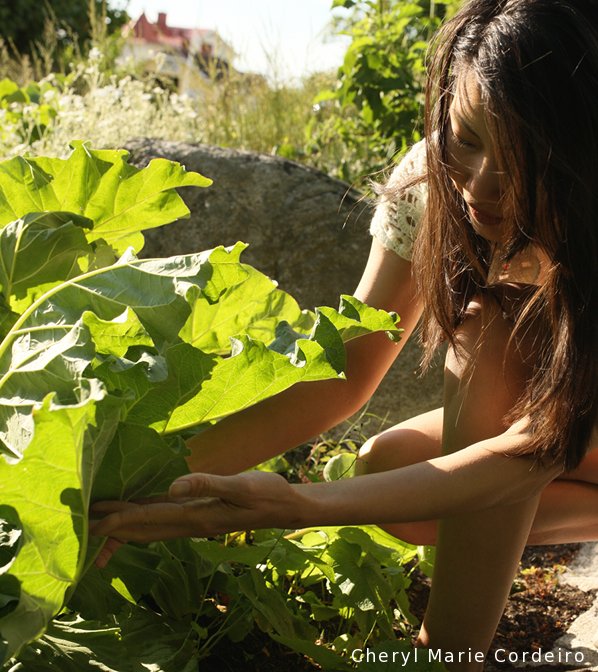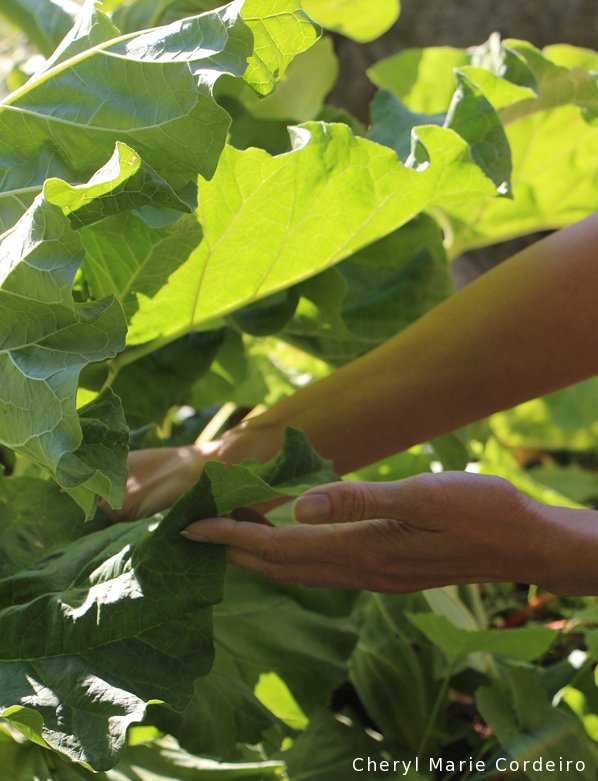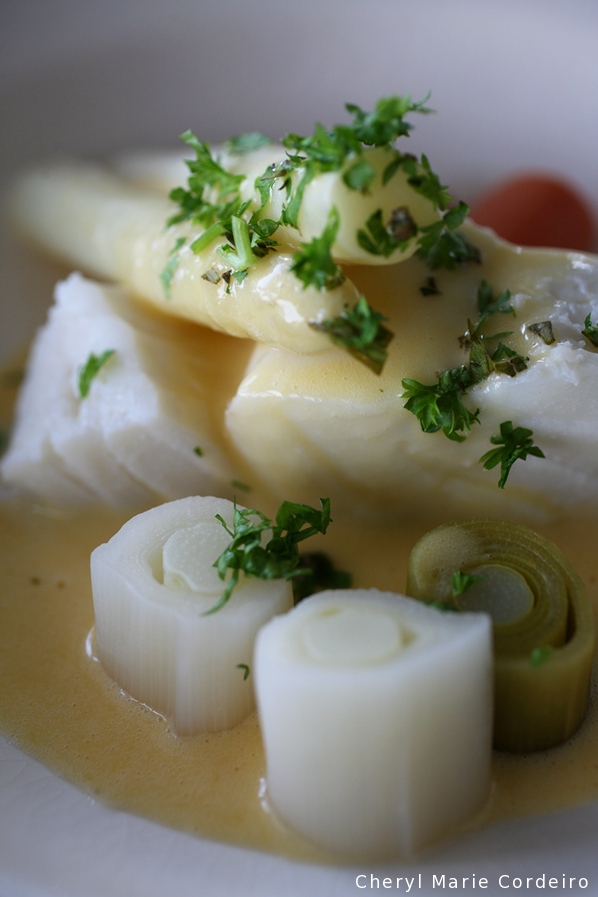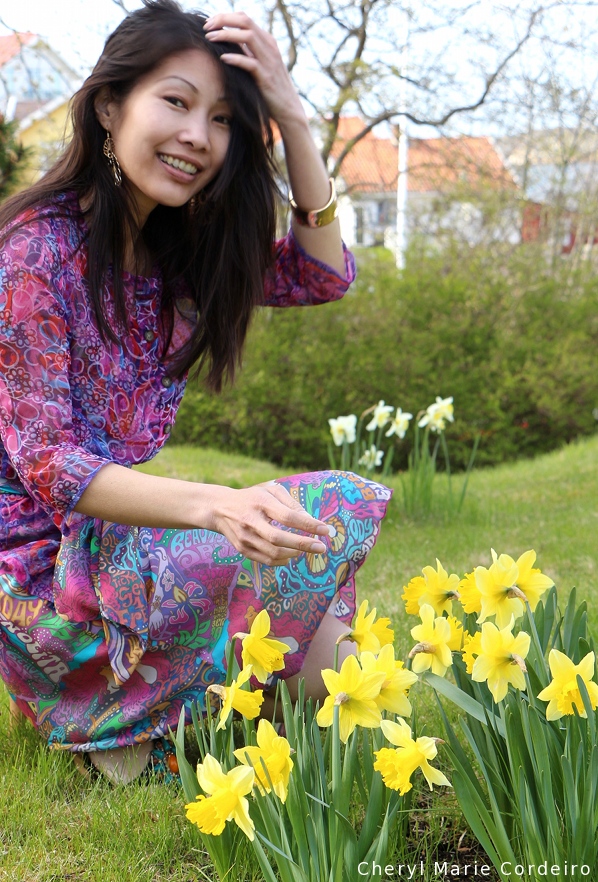If you are looking for the very centre of Munich and where to start your explorations of this interesting city that have its roots at least back into the Roman Empire some two thousand years ago, Marienplatz with the Rathaus-Glockenspiel would certainly be one of the options.
From there, it is just a few steps over well worn cobbled stones to the largest open air wet market, the Viktualienmarkt. Numerous small food stores specializing in their own brands of meat sausages, cheese, pickled olives and wine surround the market square. Here is where where you can have succulent pieces of roast pork and cracklings between generous slices of bread buns, all in the proximity of the Biergarten (the Beer Garden) for which Munich is famed.
Zwickl München 2016.
Text & Photo © JE Nilsson, CM Cordeiro, Sweden 2016
